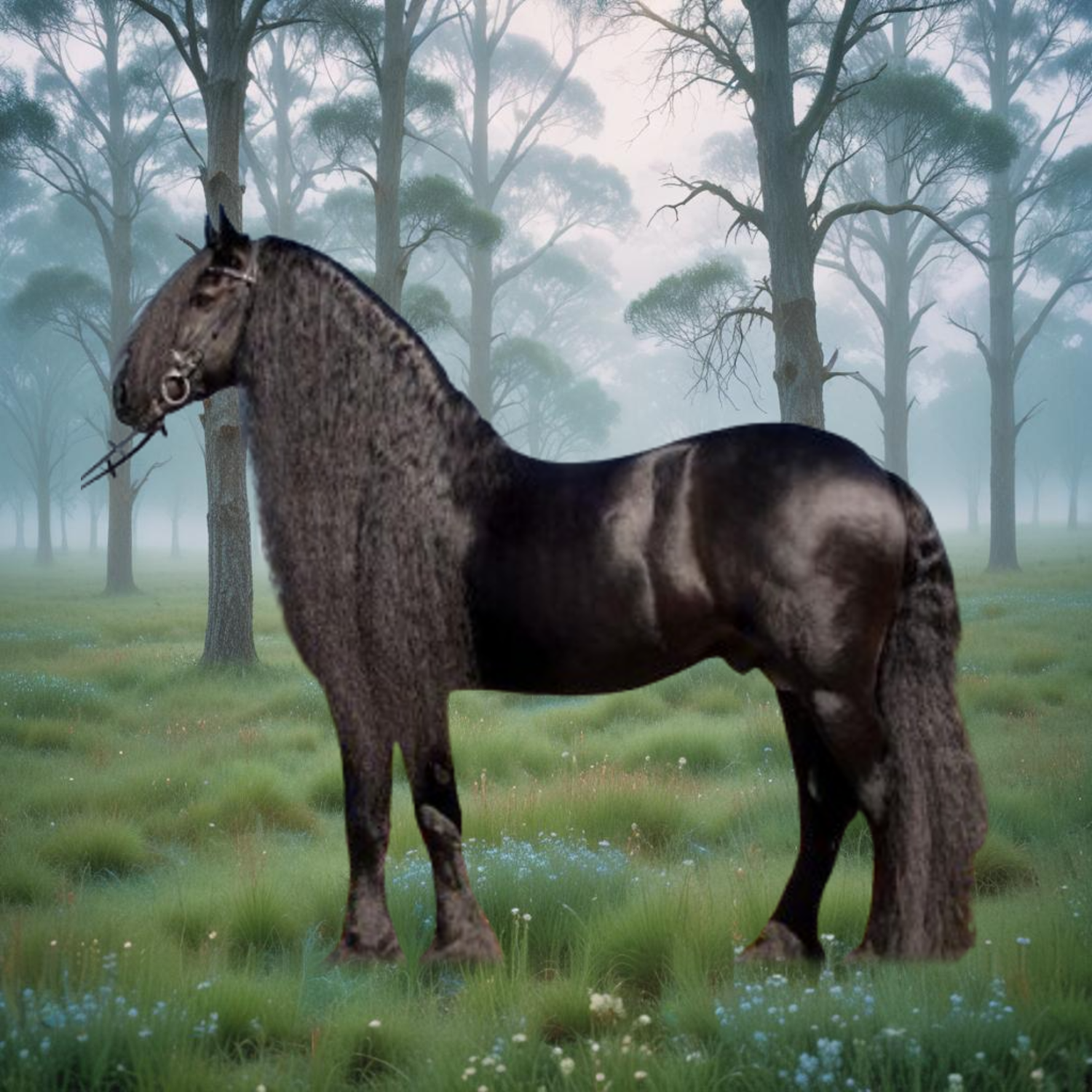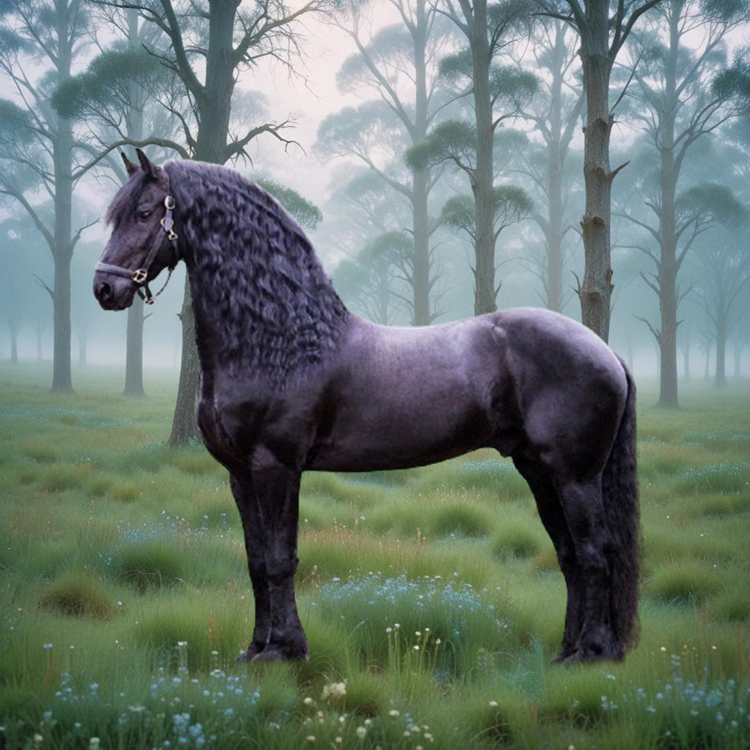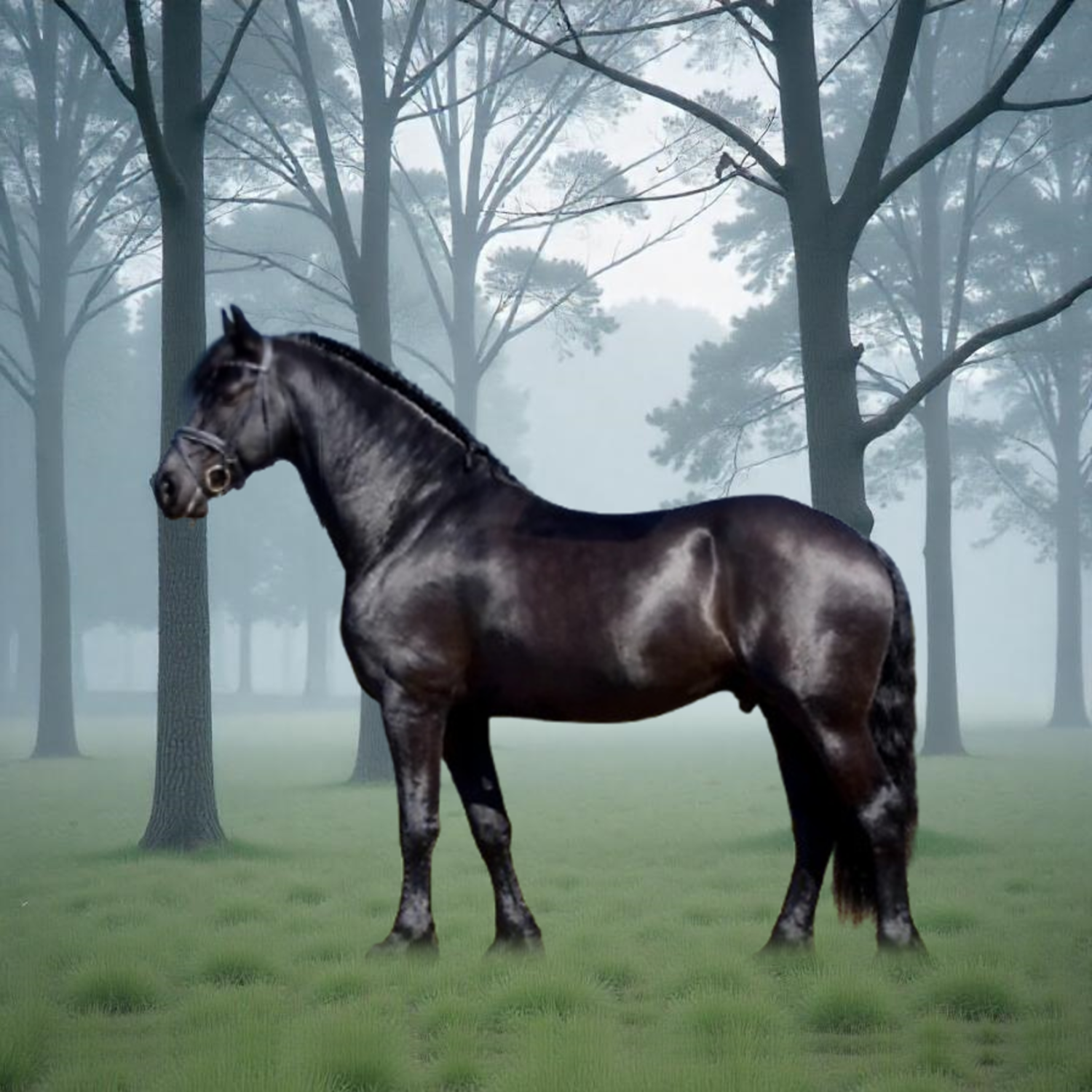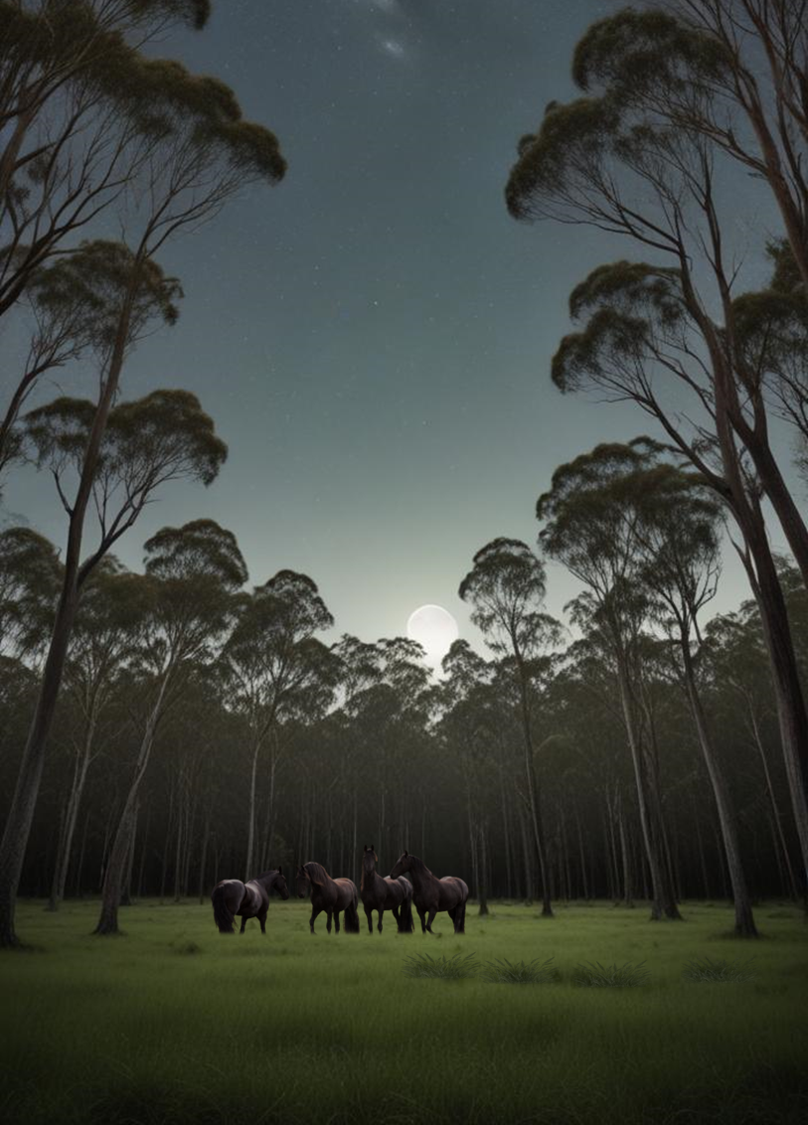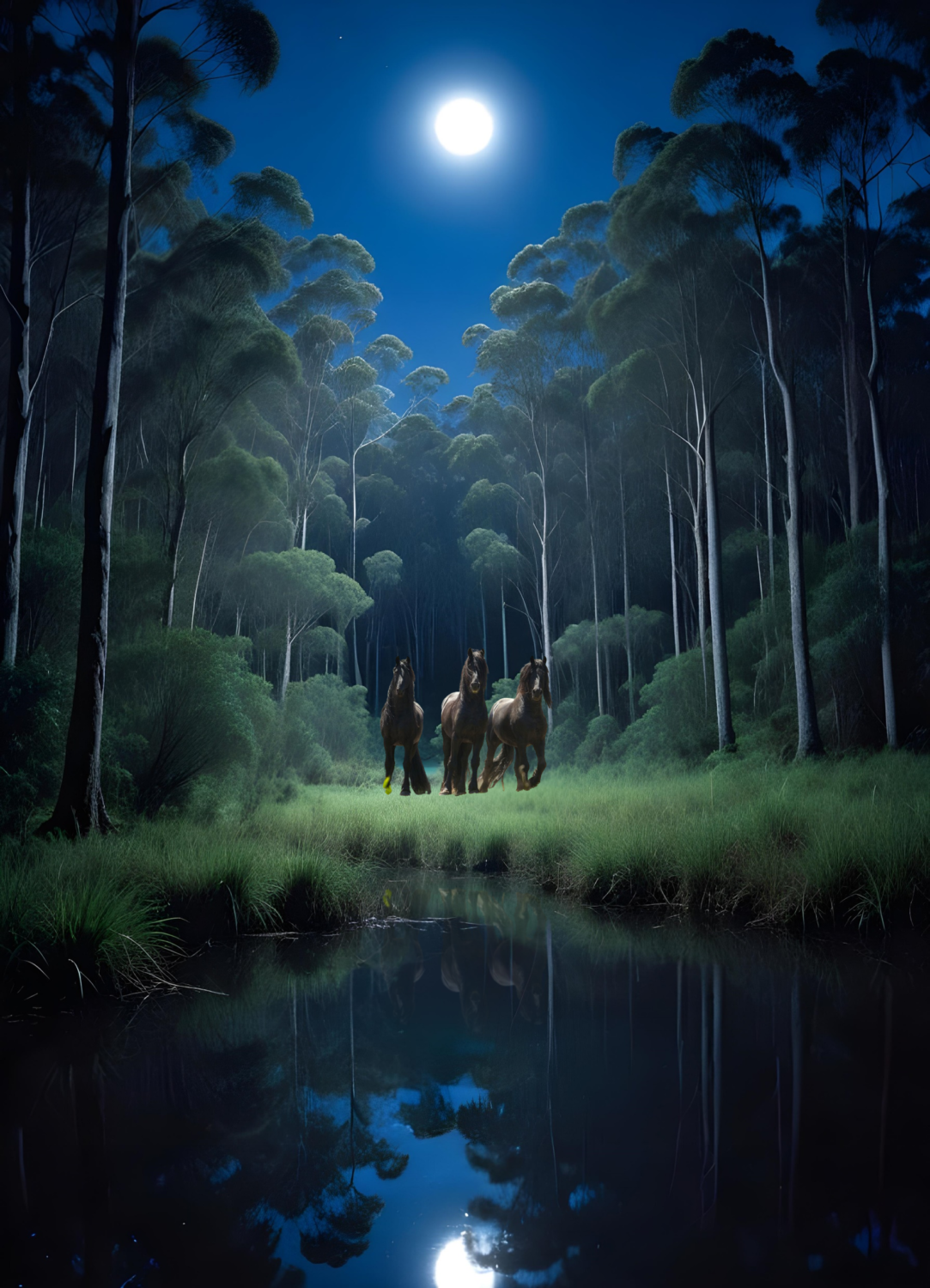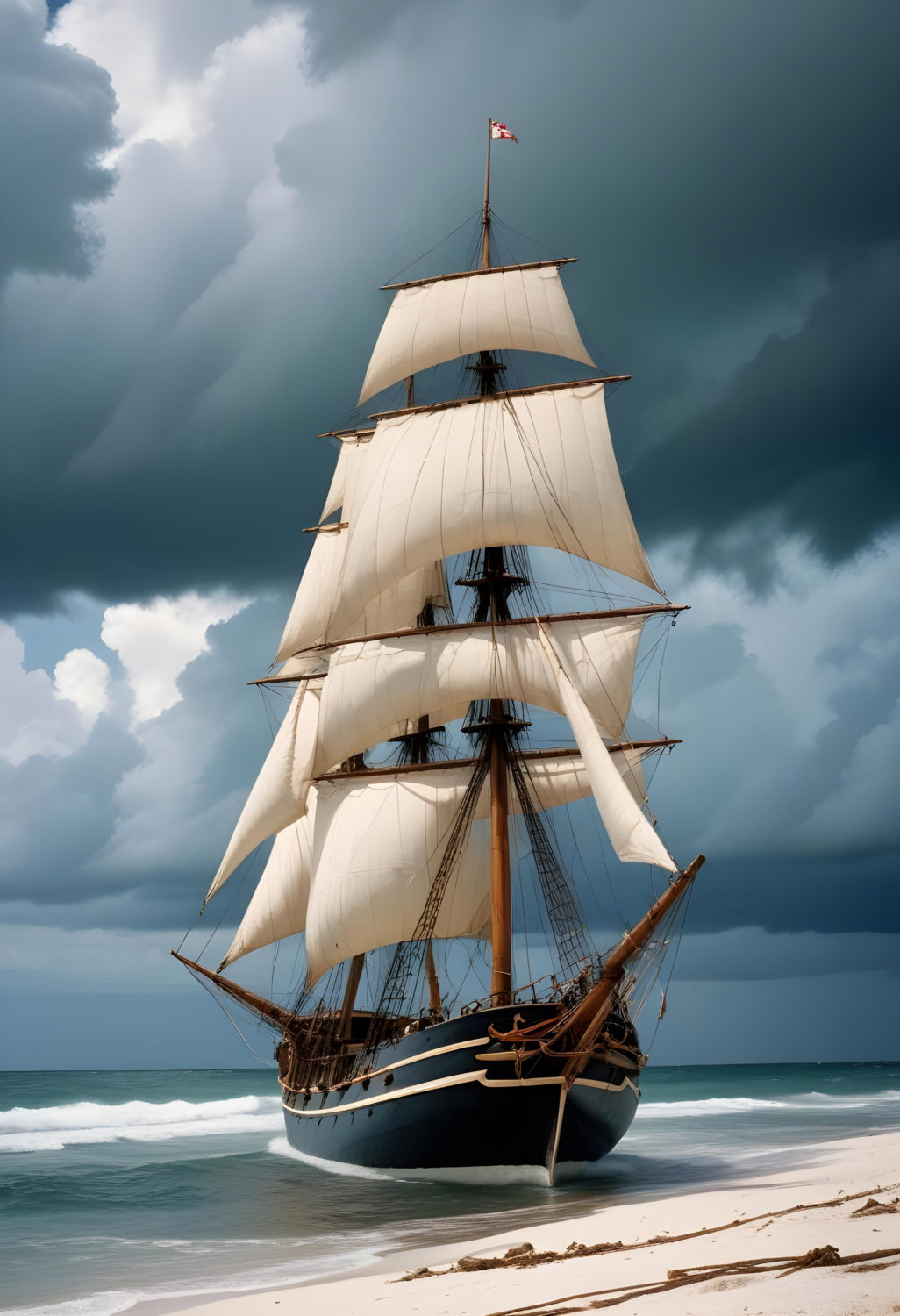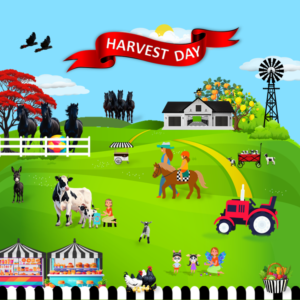If you come from the Cape Naturaliste area or you have an interest in Western Australian history, you may have noticed that all the Naturaliste Friesians have Dutch names, reminiscent of the area.
Breed Origin
Many of the ships that visited the south west of WA were from the Netherlands and the Naturaliste Friesian horses are named after ships that, or captains who, were instrumental in mapping or exploring the Geographe Bay and Cape Naturaliste to Cape Leeuwin region.
The Friesian breed originates from Friesland, a northern province of the Netherlands, historically and traditionally known as Frisia, and named after the indigenous Frisian peoples.
Leeuwin, one of our breeding mares, was born in Leeuwarden, Friesland and named for the Dutch galleon “Leeuwin” that mapped the Cape Naturaliste area in March 1622. She then just happened to end up living in Leeuwin country, at the other end of the world!
Friesians in WA
Naturaliste Baudin (Stallion): Named after Nicolas Thomas Baudin (February 17, 1754 – September 16, 1803), a French explorer, cartographer, naturalist and hydrographer. In October 1800, Baudin was selected by Bonaparte, whose wife Josephine had something of a fascination with Australia, to lead what has become known as the “Baudin Expedition” to map the coast of New Holland. Baudin had two ships, Géographe, which he captained, and Naturalisté, captained by Baron Jacques Félix Emmanuel Hamelin, and a crew of nine zoologists and botanists, including Louis Claude de Saulces de Freycinet and Jean-Baptiste Leschenault de La Tour.
Naturaliste Freycinet (Stallion): Named after Louis Claude de Saulces de Freycinet (7 August 1779 – 18 August 1841) was a French naval officer. He circumnavigated the planet and in 1811 published the first map to show a full outline of the coastline of Australia. In 1800, Freycinet was appointed to an exploration expedition to Southern and South-Western coasts of Australia under Nicolas Baudin, on Naturaliste and Géographe. Freycinet’s brother, Louis-Henri de Freycinet, was also part of the expedition.
Naturaliste Hamelin (Stallion): Baron Jacques Félix Emmanuel Hamelin (13 October, 1768 – 23 April, 1839) was a rear admiral of the French navy and later a Baron. From 1 October 1800 to 23 June 1803, Hamelin captained the bomb ship Naturalisté, along with Captain Nicolas Baudin, on Géographe, on a scientific expedition exploring the South Seas. This voyage was intended as a scientific exploration of New Holland and the charting of the, as yet unknown, southern coastline.
Naturaliste Leeuwin (Mare): Leeuwin (“Lioness”, also spelt “Leeuwine) in some Dutch East India Company documents), was a Dutch galleon that discovered and mapped some of the southwest corner of Australia in March 1622. It was captained by Jan Fransz and was the seventh European ship to sight the continent. The south-west corner of Australia was subsequently referred to by the Dutch as ‘t Landt van de Leeuwin (“The Land of the Leeuwin”) for a time, subsequently shortened to “Leeuwin’s Land” by the English. The name “Leeuwin” still survives in the name of Cape Leeuwin, the most south-westerly point of the Australian mainland, so named by Matthew Flinders in December 1801.
The Leeuwin was named after the city of Leeuwarden, a city in Friesland, Netherlands, where the Friesian breed originated and is still bred today.
Naturaliste Leschenault (Mare): French botanist Théodore Leschenault travelled to Australia in 1800-1803 aboard the Géographe. Leschenault was 26 when he set out from France with the Baudin expedition to explore the “unknown coasts” of New Holland. Leschenault landed on New Holland for the first time on 2 June, 1801, at Geographe Bay.
Naturaliste Dordrecht (Mare): On 19 July, 1619 commander Frederik de Houtman sailing on board Dordrecht, skippered by Reyer Jansz, and the Amsterdam, under skipper Maarten Cornelisz, struck upon ‘the southland lying behind Java’, much further south than the ships that came before. The Dordrecht was built in 1692 by the ship builder van Leeuwen, headquartered in Leeuwarden, and served in the Battle of Malage in 1704. Little is known of Dordrecht’s exploration of the Capes Leeuwin and Naturaliste other than mentions in despatches of it being “off course and likely navigated the south coast of the great south land by accident”.
Some sources of information.
- For anyone interested, here’s a great paper on the maritime exploration of the Great Southern Land with a lot of information about Dutch exploration of the south west region.
- An interesting read about the Dutch discovery of Australia 1606-1765.
- This paper discusses how the Dutch made significant contributions to mapping the southwest coast of Australia in the 17th century.
- This is a very interesting YouTube channel about the south west region and tsunamis, for anyone who’s fascinated about the formation of the Cape Naturaliste region.
- It’s interesting to note that according to Western Australian historian and university researcher Noelene Bloomfield, most of the Dutch-sounding names in Western Australia were, in fact, given by French explorers.
